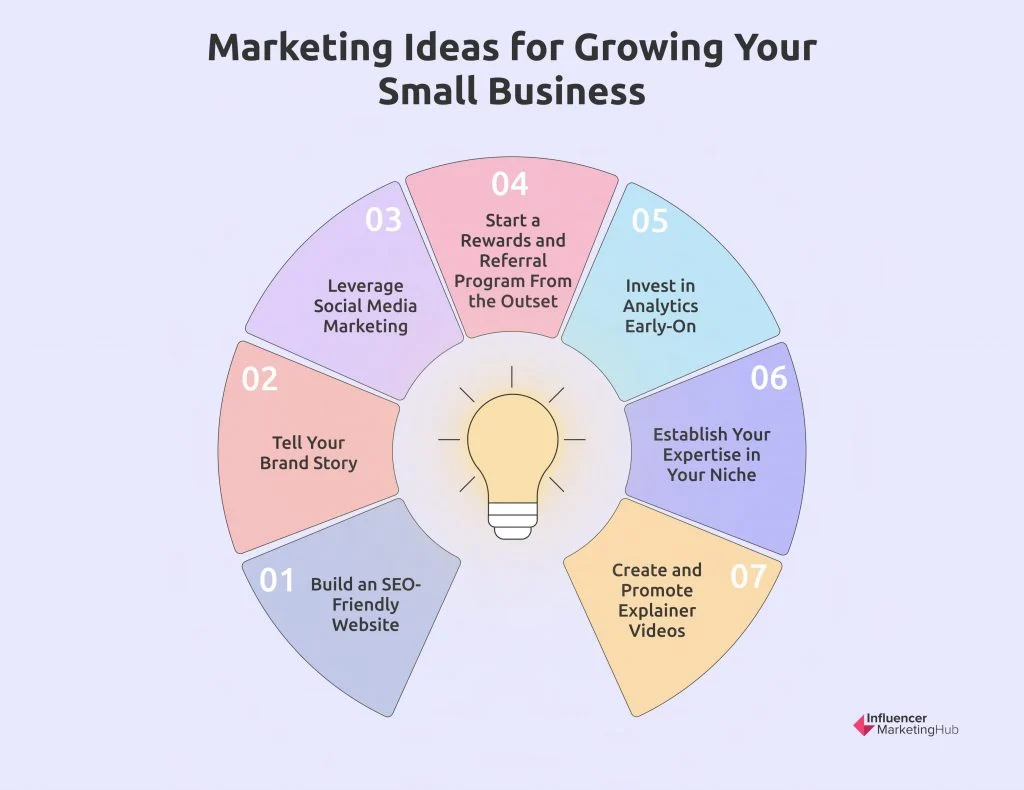The recent FTC complaint against Snap Inc. has sparked significant concern as the Federal Trade Commission refers the matter to the Department of Justice, citing potential risks posed by the company’s AI-powered chatbot, My AI. This initiative, launched in 2023, is designed to assist users by providing entertainment recommendations and logistical advice; however, it has raised alarms regarding Snapchat safety concerns, particularly for young users. As the debate intensifies, the intersection of child safety and AI technologies becomes paramount, leading to calls for stricter FTC and AI regulation. Some critics argue that this complaint could hinder innovation and limit the benefits of AI in everyday applications. In light of past issues surrounding child safety on the platform, the future of AI integration in social media hangs in balance as stakeholders respond to these troubling allegations.
The ongoing controversy surrounding Snap Inc.’s chatbot, My AI, has culminated in a formal grievance filed by the Federal Trade Commission directed at the social media giant. The complaint outlines apprehensions about the implications of AI integration in platforms heavily used by adolescents, igniting discussions about the broader ramifications of AI chatbot technology on youth. With increasing parental concerns about the potential dangers of such innovations, this scenario raises vital questions about how social media companies prioritize child safety amid rapid technological advancements. As these discussions unfold, the case illustrates a critical juncture between ethical AI deployment and the established guidelines for user safety in digital environments. In this evolving landscape, navigating the responsibilities of tech firms and regulatory bodies has never been more significant.
FTC Complaint Against Snap Inc.: A Turning Point for AI Regulation
The Federal Trade Commission’s decision to refer a complaint against Snap Inc. to the Department of Justice marks a significant moment in the ongoing conversation about AI regulation, particularly in relation to child safety. This complaint highlights the growing concerns over AI chatbots like My AI Snap, which leverage advanced AI technology to interact with users, including minors. The fact that this decision was made public underscores the FTC’s commitment to addressing safety concerns surrounding AI tools that are widely used by vulnerable populations such as children and teenagers.
Critics of the FTC’s decision, including Commissioner Andrew N. Ferguson, argue that this complaint falls short in clarity and tangible evidence. The description of the complaint raises fundamental issues regarding First Amendment rights and the implications of silencing an AI technology that seeks to assist millions of users. As AI continues to evolve, discussions centered around its regulation are likely to grow, especially as it pertains to safeguarding younger audiences from potential harm.
Challenges of Ensuring Child Safety in the Age of AI Chatbots
The deployment of AI-powered chatbots, like My AI on Snapchat, has ignited a myriad of discussions surrounding child safety. Parents and regulators are increasingly worried about how these tools, which are capable of engaging in conversations with minors, can potentially expose them to harmful content or influence detrimental behavior. With millions of teenagers using Snapchat daily, the need to scrutinize these advancements becomes critical, especially given Snap’s past controversies related to child safety, including the sale of fentanyl-laced pills through its platform.
Moreover, this increasing scrutiny reveals an urgent necessity for establishing comprehensive safety protocols that not only protect users but also educate them about the limitations and capabilities of AI systems. As technology continues to integrate deeper into the fabric of social interaction, ensuring the safe deployment of AI chatbots for younger demographics will require collaboration between tech companies, regulatory bodies like the FTC, and parents.
Navigating Snapchat Safety Concerns and AI Technology
Snapchat’s implementation of AI technology through its My AI chatbot raises substantial safety concerns among parents and advocacy groups. These worries are compounded by previous incidents, like those concerning fentanyl sales, which have spotlighted the platform’s challenges in maintaining a secure environment for its youthful users. As regulators examine these issues, they face the task of holding companies accountable while also fostering innovation within the tech industry.
In addressing the balance between technological advancement and user safety, Snap has noted its commitment to rigorous safety and privacy processes. The company’s acknowledgment of the need for transparency regarding My AI’s capabilities raises questions about whether current measures are sufficient. Ongoing dialogue about AI regulation must examine how social media companies can enhance their safety features while still promoting the benefits of AI technology.
The Role of Parents in Navigating AI and Social Media Safety
As AI chatbots become commonplace within social media applications, parents must take a proactive role in understanding these technologies. With tools like My AI on Snapchat, parents are encouraged to engage in conversations with their children about the implications and potential risks associated with AI interactions. The responsibility does not solely lie with the companies; instead, awareness and education about how to safely navigate these platforms becomes a collective endeavor.
Involving parents in the discussion surrounding AI safety is crucial for fostering a safe online environment. They should leverage resources available from advocacy groups and educational programs to be informed about recent developments and best practices for monitoring their children’s interactions with AI tools. As technology continues to evolve, equipping parents with knowledge will be vital in protecting younger demographics from potential dangers.
AI Chatbot Controversy: The Broader Implications
The controversy surrounding AI chatbots like My AI Snap extends beyond simple user interaction; it delves into ethical considerations regarding AI’s role in society. The FTC’s complaint against Snap Inc. embodies public concern about how these technologies can negatively impact children. With the rapid advancement of AI, society is faced with the challenge of setting boundaries and ensuring that these technologies serve the greater good without overstepping ethical lines.
As discussions continue around AI regulation, stakeholders must consider the implications of allowing unchecked technological advancement. The narrative surrounding the FTC’s complaint invites a closer examination of how effectively AI chatbots can be safeguarded, particularly when prone to potential misuse or harmful influences on younger audiences. The dialogue invites a critical assessment of the broader landscape for tech companies as they navigate these complexities.
Future Regulation: The Intersection of AI and Social Media
As the intersection of AI technology and social media evolves, so too does the regulatory landscape. The FTC’s actions against Snap Inc. could set a precedent for how AI chatbots are monitored and governed. This development is particularly significant as other tech companies also grapple with similar concerns around child safety and AI usage. Ensuring these platforms are held accountable while still fostering innovation is central to upcoming regulatory measures.
Looking ahead, the implementation of robust regulatory frameworks will be essential in addressing the societal implications of AI chatbots. It calls for a multi-faceted approach, involving lawmakers, tech companies, and child safety advocates, ensuring that future innovations support safe user experiences. By providing clear guidelines, the government can help establish standards that prioritize child welfare in the face of accelerating technological advancements.
Evaluating Snap Inc.’s Response to AI Safety Concerns
In the wake of the FTC’s complaint, Snap Inc. has publicly defended its safety measures concerning its My AI chatbot. The company claims to have implemented comprehensive safety and privacy processes aimed at protecting its young users while providing a supportive environment for interaction. Snap’s response draws attention to the balance between revenue generation and user safety, emphasizing that the company’s innovations are aligned with the best interests of its audience.
However, skepticism remains about whether these measures are sufficient to shield users from the potential risks associated with AI tools. The concerns some regulators have raised point to a broader conversation about how transparency and accountability can be integrated within social media platforms. Evaluating Snap’s commitment to such principles will be crucial in determining how effectively they can navigate future challenges related to child safety and AI.
The Importance of Transparency in AI Development
Transparency in developing AI technologies, such as Snapchat’s My AI chatbot, has become increasingly important in discussions about user trust and safety. As evidenced by the controversies surrounding chatbots, clarity about their capabilities and limitations becomes essential for users, particularly those in vulnerable age demographics. Without clear guidelines and thoughtful communication, misunderstandings can arise, leading to negative outcomes for young users.
Creating a culture of transparency not only helps in building user trust but also serves as a foundation for ethical considerations in AI deployment. As companies face scrutiny from regulators like the FTC, demonstrating a commitment to openness about AI processes will be vital for addressing safety concerns. A proactive communication strategy must encompass not only the features of the chatbot but also its implications for user safety, particularly for minors.
Collaboration Between Regulators and Tech Companies for Safer AI
The growing concerns about AI chatbots and social media platforms call for a collaborative approach between tech companies and regulators. As demonstrated by the FTC’s complaint against Snap Inc., the responsibility for child safety cannot solely fall on one entity. Joint efforts are necessary to create a framework that supports the safe implementation of AI technologies while safeguarding user rights and well-being.
Engagement between regulators and technology firms can yield more thoughtful guidelines that balance innovation with safety. By sharing insights and exploring best practices, stakeholders can develop comprehensive policies that protect users without stifling technological advancement. Creating this environment will be crucial in navigating the complexities surrounding AI chatbots and ensuring they serve as beneficial tools for users of all ages.
Frequently Asked Questions
What is the FTC complaint against Snap Inc. regarding My AI Snap?
The FTC complaint against Snap Inc. alleges that the company’s AI-powered chatbot, My AI Snap, poses potential harm to young users. This referral indicates federal concerns over child safety related to AI chatbots and their impact on users, especially children.
How does the FTC plan to address Snapchat safety concerns in the context of AI regulation?
The FTC is addressing Snapchat safety concerns by referring the complaint against Snap Inc. to the Department of Justice. This indicates a formal recognition of the potential risks associated with AI technologies like My AI Snap, particularly in protecting younger users.
What was the reaction of Snap Inc. to the FTC’s complaint regarding AI chatbot dangers?
Snap Inc. responded to the FTC’s complaint by emphasizing their commitment to safety, stating they have rigorous processes to ensure user privacy and safety. They argued that the complaint lacks evidence of tangible harm and raises First Amendment concerns.
Why is the FTC’s complaint against Snap Inc. related to child safety and AI important?
The FTC’s complaint against Snap Inc. is important as it highlights growing concerns about child safety and the use of AI chatbots like My AI Snap. These concerns reflect the broader implications of AI technology in social media, particularly in safeguarding vulnerable populations.
What issues did FTC Commissioner Andrew N. Ferguson raise about the complaint against Snap?
Commissioner Andrew N. Ferguson expressed significant opposition to the FTC’s complaint against Snap, labeling the vote as ‘farcical’ and noting issues with the complaint’s accuracy and its implications for First Amendment rights, which he believes were not adequately considered.
How did the FTC’s decision concerning the Snap complaint reflect broader trends in AI regulation?
The FTC’s decision to refer a complaint against Snap Inc. reflects broader trends in AI regulation, emphasizing the need to address safety concerns posed by AI technologies like My AI Snap. This action is part of ongoing discussions about how to effectively manage child safety in an evolving digital landscape.
What are the implications of the FTC complaint against Snap Inc. for AI chatbot users?
The implications of the FTC complaint against Snap Inc. for AI chatbot users include increased scrutiny and possible regulatory changes that could impact how AI technologies, like My AI Snap, are developed and used, particularly in relation to user safety and ethical considerations.
How has the public reacted to the FTC complaint against Snap Inc. and its AI chatbot?
Public reaction to the FTC complaint against Snap Inc. has been mixed, with some supporting the government’s concerns on child safety while others criticize the lack of transparency and argue that the complaint fails to identify concrete harm related to the use of AI chatbots.
| Key Component | Details |
|---|---|
| FTC Complaint | The FTC has referred a complaint against Snap Inc. to the DOJ, alleging that its AI chatbot is harmful to young users. |
| Commission Statements | Commissioner Ferguson opposed the decision, calling the meeting ‘farcical’ and highlighting issues with the complaint. |
| My AI Chatbot | Snap’s My AI chatbot, launched in 2023, utilizes OpenAI’s technology to provide various recommendations and assistance. |
| Safety Measures | A Snap spokesperson stated that the company implements rigorous safety and privacy measures for the chatbot. |
| Public Concerns | There are significant public safety concerns regarding AI chatbots and their impact on child safety. |
Summary
The FTC complaint against Snap Inc. brings to light serious concerns regarding the safety of young users interacting with AI-powered chatbots. This referral to the Department of Justice reflects the federal government’s alarm over the potential dangers posed by such technologies. Despite Snap’s rebuttals highlighting their safety efforts and First Amendment considerations, the public dialogue surrounding AI chatbots and child welfare continues to intensify, indicating a critical intersection of technology, regulation, and youth protection.



